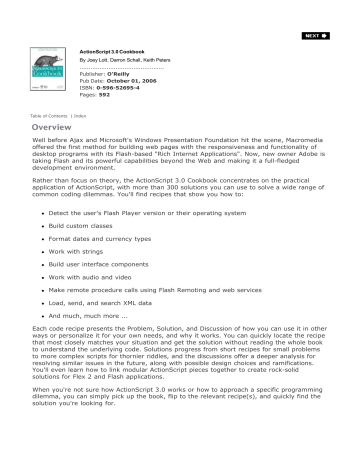

The HTML control will communicate with the Flash movie through the ExternalInterface class. For maximum accessibility, the control can be added to the HTML document rather than to the Flash movie. In this technique, an author includes a control that makes it possible for users to turn off any sounds that are played automatically. This is useful for those who utilize assistive technologies (such as screen readers, screen magnifiers, switch mechanisms, etc.) and those who may not (such as those with cognitive, learning and language disabilities). The control to turn off the sounds should be located near the beginning of the page to allow the control to be easily and quickly discovered by users.
Ice climber game online how to#
Continue to the lesson which explains how to add sound to buttons dynamically.The intent of this technique is to allow a user to turn off sounds that start automatically when a Flash movie loads. Click the button - the sound should be heard!Īfter this, learn to do the same thing (and more!), but with ActionScript.

Now, go back to the main scene by double-clicking anywhere on the empty portions of the stage. When the sound is placed in the Up keyframe,it is heard when the user moves the mouse over the button and moves it back outside.Ĭool. If you placed the sound in the Over keyframe, it would be heard when the user placed the mouse over the button without clicking it. In this way, when the user clicks the button, the sound will be heard. If you have problems doing it, first select the keyframe, then drag and drop the sound in it. If there's a sound in it, flash won't be able to make it clickable.ħ Now, go to the library, and drag the clicking.wav sound into the Down keyframe of the sound layer. The Hit keyframe defines the clickable area of a button. You had to remove the Hit keyframe of the sound layer, otherwise, the button wouldn't work. You should have the exactly same situation as shown in the image below. After that, right-click on its Hit keyframe and select Remove Frames. Right-click on its Down keyframe and select Insert Keyframe. Right-click on the Hit frame of every layer and select Insert Frame from the pop-up menu.Ħ Create a new layer and call it sound. Lock every layer with graphics in it (you'll probably have just one if you didn't make a complex button like me). Inserting the sound into the buttonĥ Double-click on your button ( my blue button) in the library, and you will enter inside it - you'll see the button's timeline with its four states: Up, Over, Down and Hit. This option is ideal for a short WAV sound like this one. In the Sound settings dialog box that appears, choose ADPCM as the Compression setting and click OK. Select the sound, and you'll see that you can hear it if you press the little play button in the preview window of the library.Ĥ Right-click on the clicking.wav sound and select Export Settings. Open the library ( Window > Library), and you'll see your sound in it. In flash, select File > Import > Import to Library, find your wav file and select it, click Import to Library. Now, once you unzipped the sound, do the following:
Ice climber game online download#
If you don't happen to have a WAV sound file nearby, download the sound file for this tutorial. The WAV format is excellent for this purpose. Since this is an event sound - a sound that is heard when something happens, like a button clicked, as in this case - it has to have a small file size and good quality. Importing the soundģ Now, you'll have to import a sound into flash that you'll use with this button. Your button is now stored in the library. In the Convert to Symbol dialog box that appears, choose Button as type and call it my blue button or whatever you like and click OK. However, if you still wish to learn how to make one like it, I suggest you go and check the tutorial on making an aqua gel button in flash.Ģ Select the shape you just made and press F8 to create a symbol out of it. Once satisified with the shape, release the mouse button.ĭraw a simple button, it doesn't have to look like the one above for the purpose of this tutorial. With the mouse button still pressed, press the down arrow on your keyboard and the rounded corners will start to appear. You can do it by clicking and dragging the mouse. Select the Rectangle tool (R) and draw a rectangle with rounded corners on stage.


 0 kommentar(er)
0 kommentar(er)
